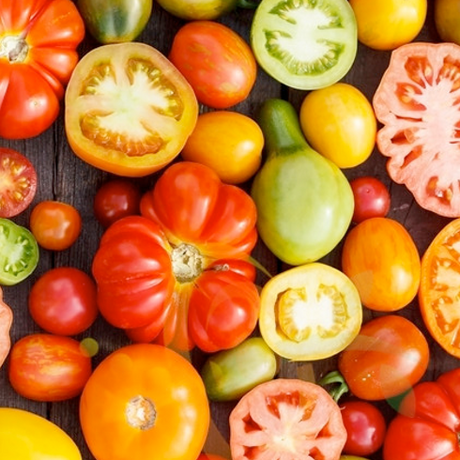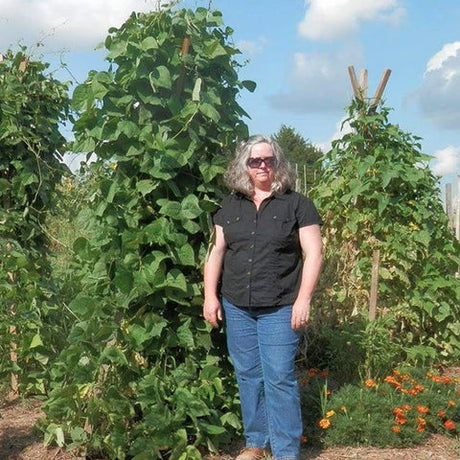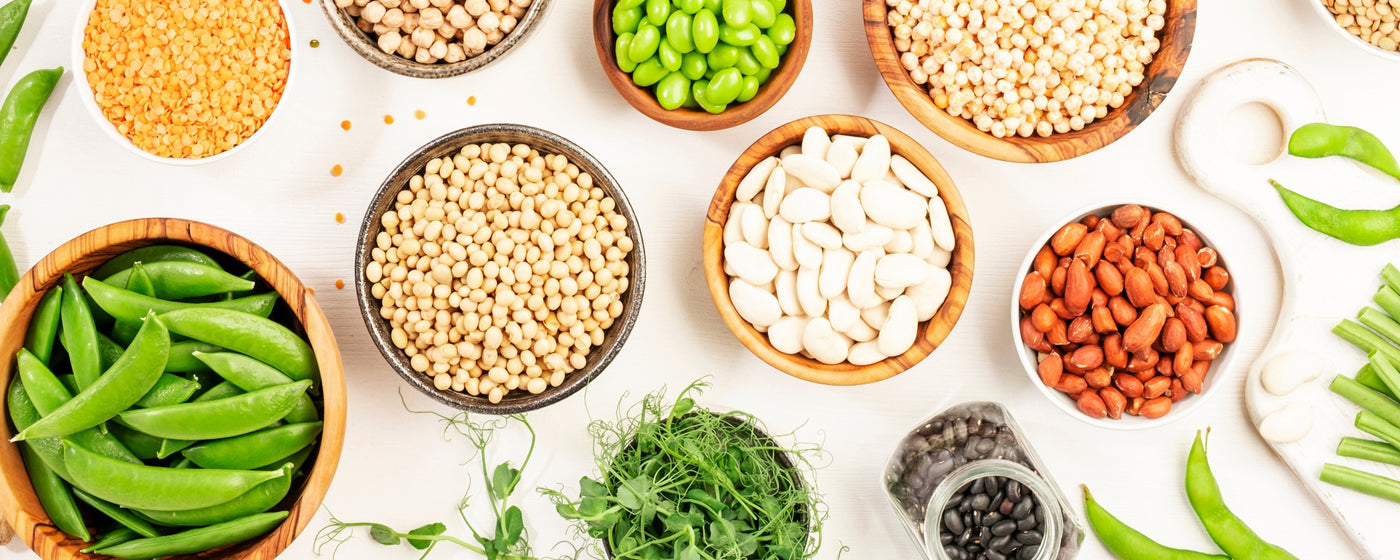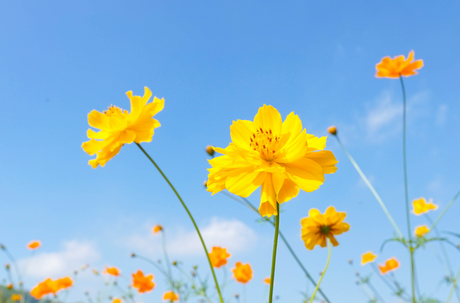
SEED PLANTING TIPS
- Botanical name: Pimpinella anisum
- Life cycle: Herbaceous annual
- Hardiness zones: 4-9
- Planting season: Spring
- Days to maturity: 75-120 days; can begin harvesting when 6" tall
- Depth to plant seeds: 1/4" deep
- Days to germinate (sprout): 10-14 days
- Germination soil temps: 65F-70F
- Spacing between plants: 12"-18" apart
- Spacing between rows: 18"-24" apart
- # of plants per sq. ft.: Appx. 1 plant per sq. ft.
- Soil types: Sandy, loamy, medium dry, well-drained
- Soil pH: 6.0-7.3
- Sun needs: Full sun
- Water needs: Light - do not overwater

Good Companion Plants: Bean, Broccoli, Brussels Sprouts, Cabbage, Cauliflower, Cilantro/Coriander, Collards, Fava Bean, Kale, Mustard
| How to Grow & Harvest Anise |
|
When to Plant Plant your seeds directly into the garden after the threat of frost has passed. Make sure your planting site is free of weeds and roots. Anise needs to be watered regularly, so if you live in an area prone to long periods of drought, make preparations to keep it well watered.
How to Plant Water plants at least twice a week until they are about 8 inches high and then begin to reduce water, but keep the soil moist. Try fertilizing your plants with a nitrogen fertilizer sometime before they flower, usually in June or July.
When to Harvest Harvest anise once the flowers have gone to seed. Dry the flowers in a paper bag until the seeds have all fallen loose and store them in a cool, dry and dark location. |














































